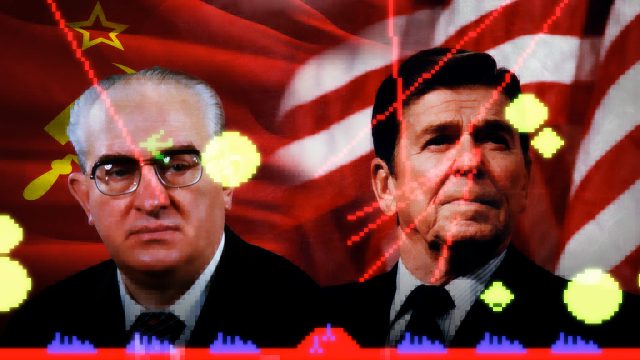The secret laser-toting Soviet satellite that almost was
Ars Technica » Scientific Method 2013-05-15

On the evening of Wednesday, March 23, 1983, Ronald Reagan delivered a televised address about defense and national security. “Let me share with you a vision of the future,” the president began in what was a last-minute addition to the half-hour speech. In Reagan’s vision, we would “embark on a program to counter the awesome Soviet missile threat with measures that are defensive.” It was the first mention of Reagan’s Strategic Defense Initiative (SDI), the plan to change America’s nuclear posture from offensive to defensive. His goal was to render the Soviet nuclear weapons “impotent and obsolete.”
Reagan’s admirers praised SDI while his critics scoffed, calling it a fantasy and assigning it the enduring nickname “Star Wars.” The Soviet Union found itself in the rare position of joining Reagan’s admirers—they had to take SDI more seriously. Soviet leaders feared it was an American plot to disarm their nation or surreptitiously put a battle station in orbit. Reagan's plan naturally compelled them to act.
The Soviet response was a hushed effort that came with the potential to roar. Leadership fast-tracked a space weapons system they hoped would disable US anti-missile satellites. The gist of this plan? The Soviets would use their own space program to launch weapons into orbit: nuclear missiles and lasers.
Read 30 remaining paragraphs | Comments